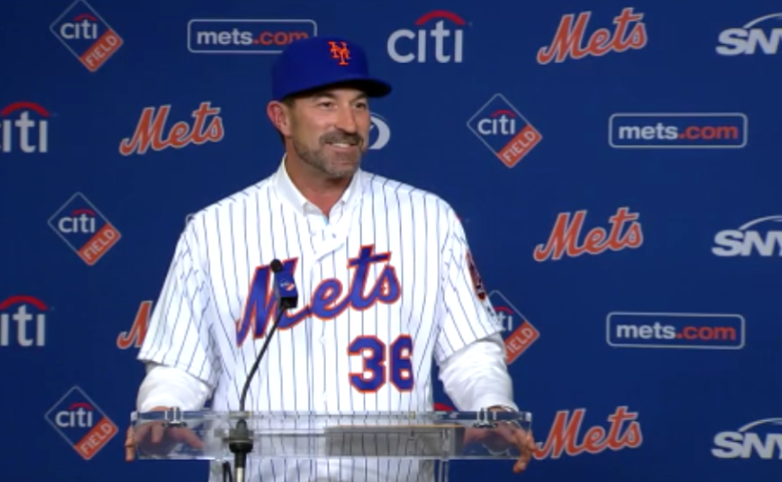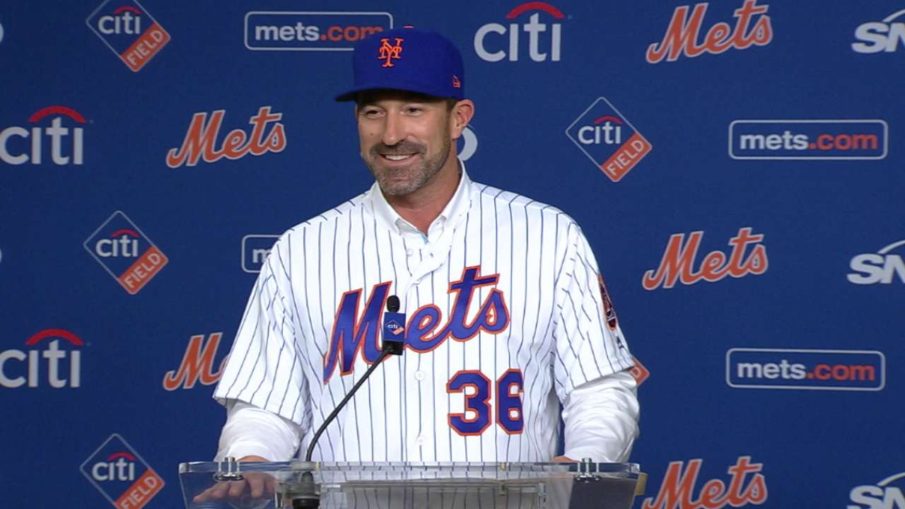
The New York Mets catch a lot of flack for getting things wrong, and in many cases, those criticisms are self-inflicted. From misdiagnoses of injuries to errors in player development to head-scratching managerial and roster decisions, the Mets have earned the recent reputation of a team that often does the wrong thing.
However, when we give criticism for bad moves, we also must be willing to give criticism for good moves. So far this offseason, the Mets are doing the unthinkable — they’re getting things right.
Jumping back to the beginning of the offseason, the Mets had a choice of whether to retain Terry Collins or not. He was, of course, just a year removed from back-to-back playoff berths and two years removed from a World Series run. Still, there was plenty of writing on the wall that a change was needed in the clubhouse, and the Mets opted for some fresh perspective by choosing to not offer Collins a contract. Before we even jump ahead to his replacement, this decision was likely the correct one.
Next we turn to the much-maligned training staff of the Mets. There is so much blame to go around it’s unclear where the root of the Mets’ injury problems begins.
However, regardless of where you point the finger, there’s a stigma around the organization and MLB that the Mets don’t know how to handle injuries. The Mets could have opted to do nothing, trusted their staff and attributed some of the injuries to just bad luck. Instead, whether it was for optics or not, they fired trainer Ray Ramirez and are reportedly committed to re-evaluating their training of players. Whether it’s Ramirez’s fault or not, the mere willingness to acknowledge the problem is a win.
The Mets then turned their attention to another issue that has consistently plagued the team — their Triple-A affiliate. Since a long-term relationship with Norfolk, the Mets’ Triple-A team has bounced from New Orleans to Buffalo to Las Vegas. The first and third of those sites have proven to be logistical nightmares for the franchise. So this offseason, the team finally committed itself to ending this game of minor league musical chairs by buying the Syracuse franchise. A long-term, nearby home gives the franchise minor league stability for years to come. It’s another smart move for the Mets.
Finally, we turn our attention to the manager spot. The Mets had six main candidates for the job — Manny Acta, Mickey Callaway, Mark DeRosa, Kevin Long, Alex Cora, and Joe McEwing.
Credit is due for the Mets in making the harder choice. Long might have been the frontrunner, but his ties to the organization gave a limited fresh perspective. Acta, meanwhile, had experience but also had little success. That left three managers with little attachment to the franchise (besides McEwing’s playing tenure), and they chose the one who has been tutored by Terry Francona, perhaps baseball’s best manager. This wasn’t a familiarity or a money thing, they seemingly chose their best candidate. That’s another win for the franchise.
Of course, all of this could mean nothing if the Mets don’t invest in the roster. The offseason could be a bust and the 2018 season could be more of the same.
However, if the Mets do bounce back and become a consistent winner over the next few years, it will be important to look back to October 2017. Those series of decisions could prove to be a critical point in turning around the franchise.















